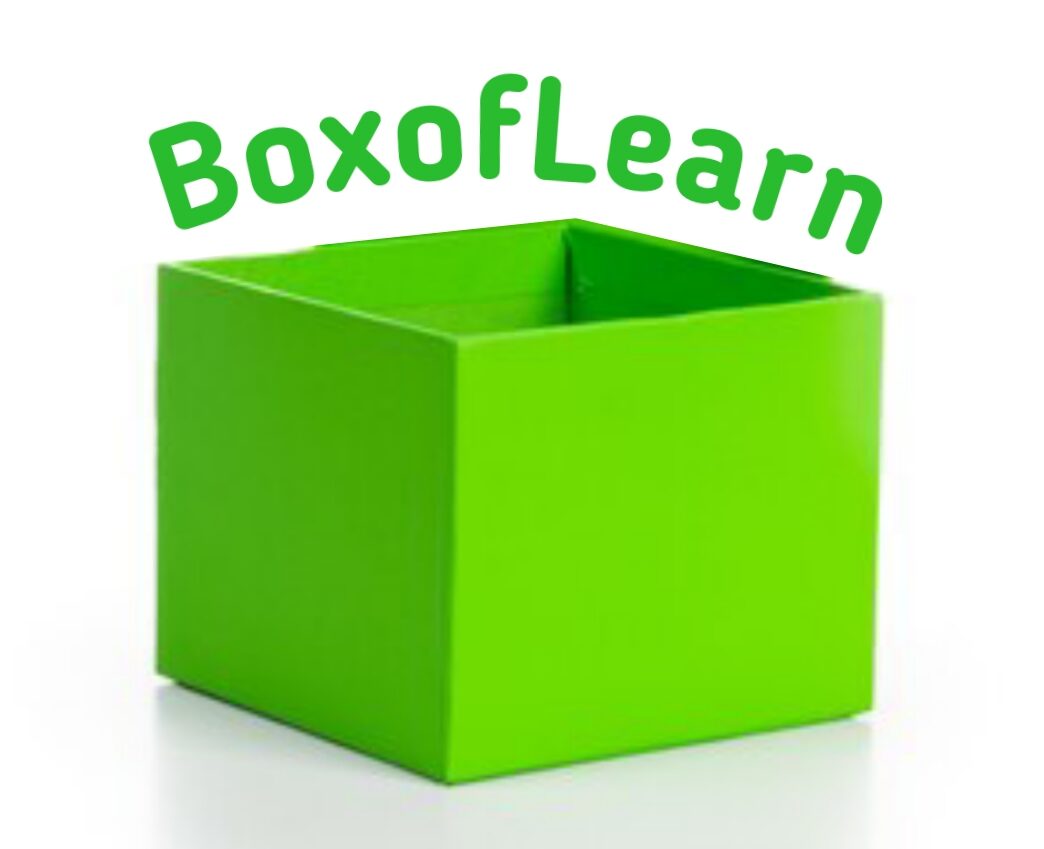We all know that HTML is a fundamental concept in web development. HTML stands for “HyperText Markup Language.
Today is the technology era, and HTML now works with modern technologies and updates. Below, we provided some important terms, and this is important for your HTML journey.
1) HTML Living Standard
Now, HTML doesn’t release a major version like HTML5. Instead, it’s constantly updated with small changes.
This approach is important because all modern browsers (like Chrome, Firefox, Safari) automatically support the latest HTML updates, so developers don’t have to problem about compatibility.
2) Web Components
You can now create your custom HTML tags (like <user-profile> or <my-card> that behave like built-in elements.
We can create these types of tags using JavaScript and Lit, Stencil, or frameworks like Angular.
This method helps us to make reusable components and improve code structure in big apps.
3) <dialog> Element
You can create pop-up boxes or modals without writing complex JavaScript code. It’s a simple and cleaner way to make models using <dialog> element with the open attribute.
<dialog open>Welcome!</dialog>
4) Improved Forms
You feel the forms, but now new types of input fields are available in HTML.
For example:
- type=”date” – for date pickers
- type=”range” – for sliders
- type=”color” – for color pickers
- type=”email” – this uses for automatic email format validation
These methods are helpful to less the need for JavaScript; HTML handles all these features.
5) Semantic Elements
Semantic elements, <header>, <section>, <article>, and <nav> tags describe the purpose of the content.
This is important for better SEO, improves accessibility for screen readers, and helps developers to understand page structure.
6) Integration with AI
AI tools can now generate HTML code automatically that saving our time. But it’s important to learn and understand HTML manually to fix AI-generated errors, optimized layouts, work better with CSS and JavaScript and create a custom design by us.
Why Learn HTML?
1) Foundation of the Web: HTML is the skeleton of every website on the web, and without HTML, web pages can’t exist. Everything you see online (like text, images, videos, and more) is placed and structured using HTML. Even when you use modern tools or frameworks, they generate HTML in the background.
2) Beginner-Friendly: HTML is a markup language, which means one of the easiest programming languages to start. It provides a <p> tag for paragraphs or <img> for images, to beginners can easily create something and visible in a browser.
3) Career Opportunities: Many tech jobs, like web developer, UI/UX designer, SEO specialist, and digital marketer, require HTML knowledge. If you work with WordPress with simple HTML codes, you can fix issues and improve SEO easily.
4) Build Your Website Easily: HTML gives us full control over our website structure. We can start from zero to build a site, and can edit existing templates to make our site unique.
5) Integration: We can easily use CSS and JavaScript for styling and adding interactivity on our website. It is fully compatible with web development.
Basic Structure of an HTML Document
<!DOCTYPE html>
<html>
<head>
<title>My First HTML Page</title>
</head>
<body>
<h1>Welcome to HTML</h1>
<p>This is a paragraph of text.</p>
</body>
</html>
Explanations of this code:
1) <!DOCTYPE html>
This tag tells the browser to use this document (code) using the HTML5 standard version or the current HTML. Means it ensures the page is displayed correctly according to modern web rules and updates.
2) <html>
This is the root element that wraps all HTML content on the page. everything between <html> and </html> is part of the HTML document.
3) <head>
This tag contains metadata information about the web page that is not directly visible to users. This tag includes:
- <title> for the page title
- Links to CSS stylesheets
- SEO meta tags
- Script references
If you want to check metadata now, open any web page > right-click and select> View Page Source. You will see the whole metadata of that page.
4) <title>
This tag is placed in the <head> tag that sets the title in the browser tab and when the is bookmarked. It’s also important for SEO, as search engines display it in search results.
5) <body>
It contains all the visible content of the page, such as headings, paragraphs, images, videos, buttons, and links. This data is what users see and interact with.
What is < > in HTML?
The < > symbols are called angle brackets. They are used to wrap HTML tags, which tell the browser how to display the content.
For example:
<p>Hello BoxofLearn</p>
- <p> → It is a opening tag (starts a paragraph)
- </p> → Closing tag (ends the paragraph)
- “Hello BoxofLearn” is the content inside the tags.
Remember, some tags don’t need a closing tag in HTML. These are called self-closing tags, such as:
<img src="photo.jpg" alt="My Photo">
<br> // Used for break the line
Important Tip: Anything you write inside < > is a command for the browser, which means it is not directly shown to the user unless you specifically display it as text.
All the elements and attributes we have explained in further topics, so continue learning the HTML in a basic to advanced flow.
